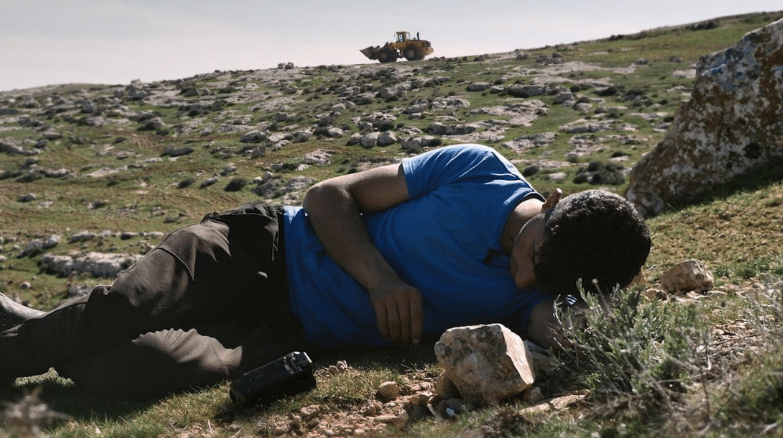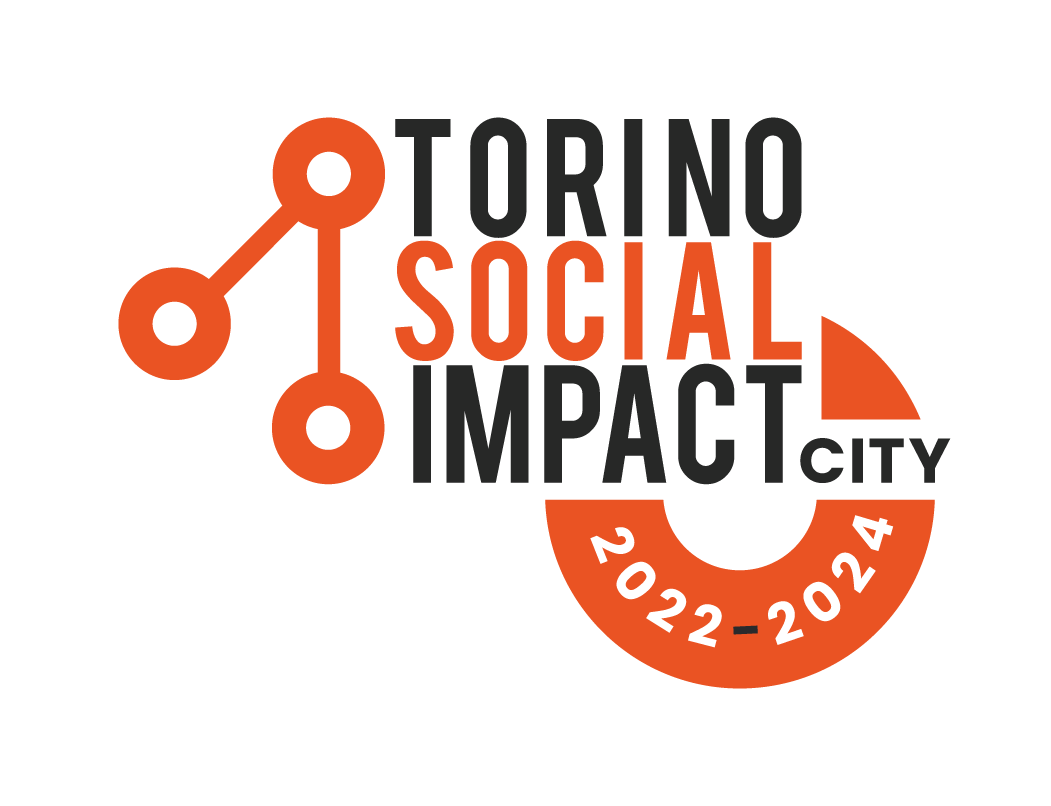
No Other Land Review | Why the Oscar-winning Israeli-Palestinian Documentary is Unprecedented
Year
Runtime
Cinematographer
Music by
Format
Genre
This is a story about power.
Basel Adra, No Other Land
Winner of the Berlinale Documentary Film Award and the Panorama Audience Award for Best Documentary Film at the 74th Berlin International Film Festival, and fresh from winning the Academy Award for Best Documentary Feature Film at the 97th Academy Awards, No Other Land is a film of great visual and emotional power. It is a unique work of art, capable of transforming the documentation of a conflict into an aesthetic and sensory experience that confronts the viewer with an undeniable reality.
Eschewing the conventional parameters of documentary cinema, much of the film consists of amateur footage shot by Basel Adra, who began documenting the Israeli occupation of his village in Masafer Yatta when he was only 15 years old. These images, which depict the historicity and duration of the struggle, alternate with those from more recent years.
Directed by an Israeli-Palestinian collective consisting of Basel Adra, Yuval Abraham, Hamdan Ballal, and Rachel Szor, the documentary is distinctive. This heterogeneity of viewpoints makes No Other Land a rarity in the contemporary documentary landscape.
- Resisting Means Not Moving While Everyone Else Is Running
- A Movie Serving Truth with Sensory Aesthetics
- The Storyline: Two Peoples and One Apartheid
- Modern Warfare and Mediatization: A New Visual Language
- If the Image Does Not Change the World
- A Sign of Hope
Resisting Means Not Moving While Everyone Else Is Running
No Other Land revolves around Basel Adra, a Palestinian activist born into a militant family. Adra documents the systematic destruction of communities in Masafer Yatta, a complex of twenty Palestinian villages in the occupied southern West Bank. The documentary chronicles the daily lives of these predominantly agricultural communities and their generational struggle to survive the occupation.
Yuval Abraham, an Israeli journalist, joins him in a partnership that is one of the most significant elements of No Other Land. It is a collaboration between two people separated by a political, legal, and military barrier, who nevertheless decide to look each other in the eye and recognize each other for what they are: two human beings.
A Movie Serving Truth with Sensory Aesthetics
What distinguishes No Other Land from reportage is its use of the camera. Sensitively handled by Rachel Szor, the cinematography alternates between devastating panoramas and intimate close-ups that capture the expressions of victims and perpetrators. The result is an immersive experience that evokes a deep sense of disorientation and collective responsibility. The camera is not a detached eye but an active witness.
The documentary directly projects the viewer into the conflict’s heart without offering historical context or exhaustive justifications. There is no need to reconstruct the entire history or clarify the origins of the occupation. The repetition of the forced evictions, the systematic nature of the destruction, the demolished houses, the displaced families, and the children playing in the rubble make the unilateral aspect of the violence clear.
No Other Land progresses through increasingly dramatic chapters. Adra records Israeli incursions into Masafer Yatta and posts scenes of the occupation on social media. Bulldozers destroy homes as children cry, bulldozers demolish schools, officials steal electricity generators, and police fill concrete pits. The camera frames the IDF soldiers. They are called by name and recognized by their gestures and silences. They know they are protected. As the poet Vittorio Sereni said, “Our freedom of speech is the measure of their power.” And so you get a work showing close-ups of the victim and the perpetrator looking into each other’s eyes.
The Storyline: Two Peoples and One Apartheid
The most potent aspect of No Other Land lies in the brutality of the reality it documents and the dynamic between Adra and Abraham. Their relationship is one of proximity and distance, friendship and incommunicability. The concept of otherness appears here in all its complexity. Beyond unbridgeable distances, there is a space of dialectical tension. At the award ceremony at the Berlinale, Abraham said: “I am Israeli, Basel is Palestinian, and in two days, we will go back to a land where we are not equal.” Two very different historical and material conditions, two cultures divided by years of propaganda, apartheid, and occupation. Yet through their dialogue, the documentary suggests that the possibility of recognizing each other is the only proper antidote to violence.
Humanity does not deny differences but constantly confronts them—moments of genuine sharing and friendship alternate with evenings of melancholy loneliness. The fragility of any attempt to overcome the barriers imposed by history is revealed. Perhaps the most profound reflection concerns the condition of privilege. Like Yuval, many other citizens have made mea culpa to their government, except for being able to go home safely every night.
Modern Warfare and Mediatization: A New Visual Language
Today, conflicts are increasingly defined by their media spectacle. Political memetics is being co-opted by the very powers it once derided. A phenomenon that is evident both in Trump’s rhetoric and in the way the war in Gaza is being told. Jean Baudrillard anticipated this state of “media hyperrealism” in his essay La guerre du Golfe n’a pas eu lieu (1991). No Other Land resists this simplification.
The documentary does not speed up the time of the conflict. It does not reduce it to a reel or a carousel of images while drawing on social content that shows its impotence. On the contrary, it imposes an extended tempo of silence, waiting, and fears that emerge at night before sleep. Its strength lies in showing the repetitiveness of the expulsions and the systematic nature of the destruction, week after week, month after month. Paul Virilio, a theorist of “dromoscopy” (the logic of speed), has analyzed how contemporary media produce a “war show” that numbs the audience. In his book Guerre et cinéma. Logistique de la perception (1984), Virilio argues that the image of war is never neutral but always an instrument of control and manipulation.
No Other Land confronts us with a visual persistence that compels us to bear witness. To a narrative that refuses the fragmentation typical of social content. It is a work of art that leaves no escape: it asks us to see, stay, and not turn away.
If the Image Does Not Change the World
Throughout No Other Land, Basel and Yuval reflect on the necessity of filming. What is the point of documenting? Images that were once irrefutable proof of a crime no longer seem to move or affect anyone. We have become numb to the suffering of others, numbed by the repetition of violence in the media. Even before the prevailing irony of memetics and the suspicion of artificial intelligence, Susan Sontag raised profound questions about the ethics of representing suffering in Regarding the Pain of Others (2003). Images of violence become, in one sense or another, an aesthetic consumption that neutralizes rather than sensitizes. No Other Land responds to this ethical challenge by seeking not spectacularity but by seeking transparent testimony. Its strategy is to show the systematic nature of violence, not its dramatic moment, which occurs frequently, and when it does, its impact is even more substantial.
A Sign of Hope
Yet No Other Land continues to film, record, and bear witness. Not because it naively believes that an image can change the world but because it believes that someone, somewhere, needs to see it. If social media can no longer change the world, can art? A cinematic experience that attempts, through all the narrative devices of the documentary, to make the audience experience the violence and oppression happening while they are comfortably seated in the theater still proves to have overwhelming power. The camera, which does not move, does not flee but forces a passive point of view while the settlers attack; the IDF assaults and destroys, reproducing the same helplessness that the oppressed feel.
No Other Land is more than a documentary. It is a historical document, a work of art, and an indispensable testimony that will be discussed for years. Its refined aesthetics and incisive storytelling force us to face reality. It offers no answers as to how this conflict might end, but the collaboration between Basel and Yuval and the film they created together already offer hope.
Tag
Buy a ☕ for Hypercritic







